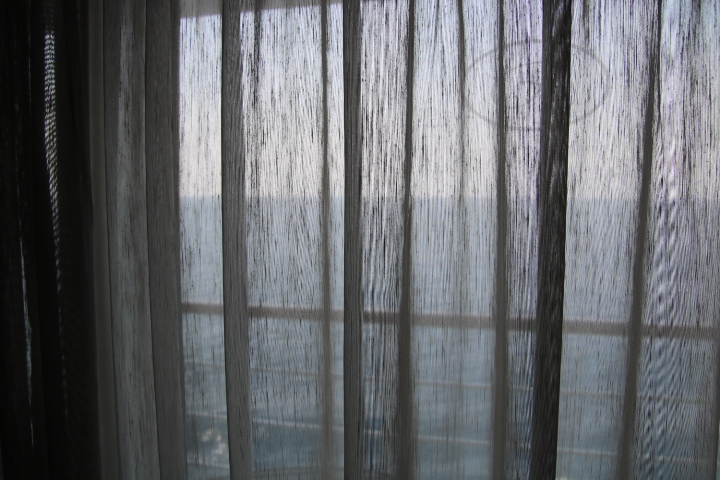Shock at 09:00! We have slept in but it is no problem as we have nowhere to go. We were making good speed roughly southwards on a virtually calm sea. We had 935 miles to go to Abidjan.

Abidjan in the Ivory Coast is the country’s capital and commercial hub. It is situated at the western end of the ‘Slave Coast’. Here enslaved peoples arrived via the trans-Saharan and East African routes and were used during the French colonial times in the massive trade of ivory. Ivory tusks were exported to Europe and were used by cutlery manufacturers for handles and other companies used the ivory for doorknobs, door plates and decorative items for interior design as well as jewellery. The vast amount of exported material needed ‘harvesting’, transporting to the coast and loading onto ships. The lagoons of the coastline provided safe harbours for the ships and the enslaved workforce were kept at the ‘factories’ (forts) in captivity almost like detention centres.
The slave coast of today is the end product of a shift from and abolition of the Atlantic slave trade and the introduction of legitimate commerce in agricultural produce.
Prior to the abolition of slavery, the coast’s trade range was bigger than the Atlantic Basin as it involved people from Venice, present day Slovakia, Zanzibar, Maldives and Southern Asia as well as the previously mentioned Africans. This trade even extended to Brazil, especially that of gold. Alongside the human traffic there were agricultural products, plants and disease. This was a problem both in the forts and especially onboard ship with its confined spaces increasing the spread.
On 22nd February 1840 Dr. Thomas Nelson boarded a ship in the Caribbean and was confronted by “a loathsome spectacle” of disease amongst 360 Africans. They were covered in abscesses, had swollen eyelids, shrivelled skin and ‘discharged a virulent waste’. He concluded that smallpox, dysentery and trachoma (increasing blindness) were to blame for the affliction. Nelson was already involved in the fight for the abolition of slavery, but this was to him a final straw. Profits were being maximised at the expense of the human cargo.
It was thought that a lack of ventilation, the heat in the Tropics and humidity naturally increased the risk of spread. He thought the challenge was to increase the airflow because scientific thought at that time, that the root cause of many diseases were ‘noxious vapours’ inherent in the outside air. This view was not unusual at this time and the opening of hospital windows was frowned upon because of the fear of introducing miasma (air with disease) from the outside. This later was proved to be incorrect. Nelson also tried fumigation using vinegar sprayed or thrown into the holds of ships, as well as nitric acid and salt. The illegal slave traders had little knowledge and regard for medicinal protection of the slaves in the holding centres and ships as it simply reduced their profits. Eventually by means of the British naval vessels, who were helping to stop the slave trade, health practitioners worked to combat contagion. Eventually it all paid off, the slave trade was abolished and by the 1850s with the use of quinine and better housing diseases were beginning to be controlled. One such practitioner, Robert Clarke, said that “Africa is no longer the white man’s, (or other people of colour’s) grave”.


This morning we were informed that due to “uncertainty regarding health requirements in Abidjan” we will be proceeding direct to Ghana.